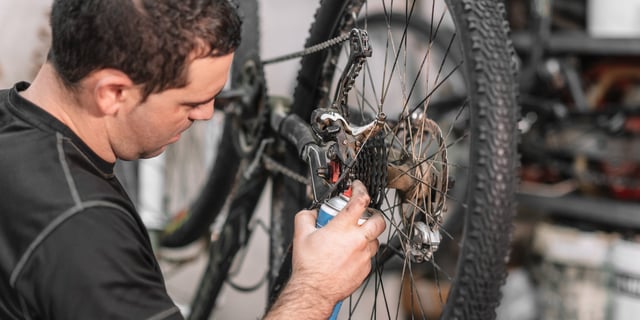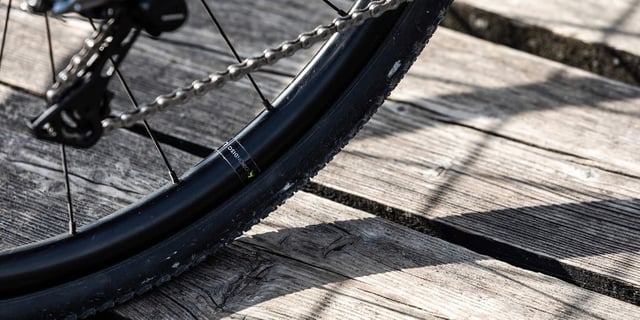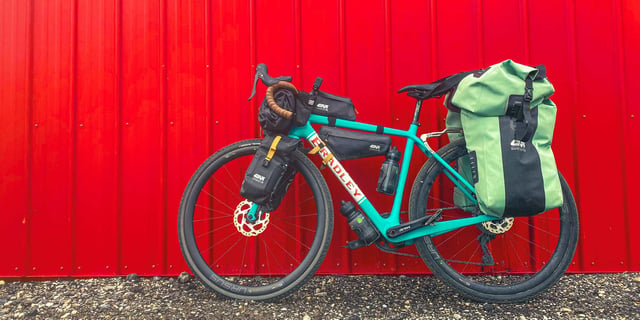
On a mountain bike, you can travel on dirt roads, paths in the woods, gravelly descents and climbs, single tracks and pure mountain paths. Our MTB takes us everywhere and has seen it all, so dirt is one of its first enemies: keeping it clean is fundamental for it to run smoothly.
Regular cleaning
Undoubtedly, MTBs need more regular cleaning than a road bike, which rarely face dirty roads. With a mountain bike, it’s a whole different story. When have you ever returned from a bike ride on your MTB completely clean? Probably never. Leaving your bike dirty in the garage is a risk that can compromise the functioning of the components and therefore of the MTB itself. So, if you really love this sport and your vehicle, it is absolutely recommended to put in the work to keep your mountain bike clean, dedicating it time after each ride.
Let’s find out the fundamental steps.
What not to do
During MTB maintenance and cleaning procedures, it’s common for people to carry out operations which should actually be avoided because they run the risk of deteriorating or ruining the mechanical components of the bike. So, let’s see what not to do when cleaning your mountain bike.
- Using a high-pressure water jet, because it could damage the gaskets and push the dirt even deeper.
- Using non-specific products such as diesel or gasoline because they are too aggressive and could ruin the rubber parts and the frame.
- Washing your mountain bike too often. It is not necessary to wash it thoroughly after each ride: if there is no mud or dirt, simply dust it off and lubricate the chain.
- Positioning your MTB incorrectly during cleaning (upside down or laid flat).
Superficial washing
Before cleaning all the components of your mountain bike with extreme care and attention, it is recommended to give it a superficial wash to remove the bulk of the dirt from the frame and wheels. Place your bike on a workshop stand or a simple bike rack on the ground.
To remove mud and dirt, a water jet is very useful when used at low pressure. Spray the water over the entire bike until most of the dirt has been removed.
After removing the first layer of dirt, take a soft-bristled brush (such as those found at a car wash) and a specific bicycle cleaning product (ask your trusted mechanic for advice). Spray the product onto all parts of your bike, especially the hard-to-reach areas such as under the saddle and the lower part of the frame, and leave the product on for a couple of minutes. Gently run the brush across the frame to eliminate any small deposits. Rinse your bike thoroughly.
Now you can continue by degreasing the chain, gearset and sprockets, using a specific degreasing product. If you have disc brakes, we suggest that you avoid using a spray product, which could end up on the pads and impact the functioning of the brakes.
The most effective way to distribute the product throughout the chain and on the cassette, is to use a brush with medium-hard bristles, and, in case you do not have one suitable for cleaning, a simple toothbrush will do the trick.
To best clean the transmission, in this case the chain, take a sponge, make a small cut into it and insert it inside the chain. Activate the transmission with your free hand and let the chain run through your sponge.
Once degreasing is done, rinse once again to remove the detergent and the last dirt particles. At this stage, we recommend getting a dry cloth to dry your bike off: a microfiber cloth is best. To remove traces of mud from the tires, you can use a brush and let the bristles run through the indentations.
Lubrication
Once your MTB is clean and dry, you can proceed with lubrication.
Use a specific product for professional bike lubrication. This step is crucial to guarantee the correct movement of the chain, derailleur and gears.
Lubricate the derailleur and gear parts. Oil the chain while letting it run with the rear wheel lifted, then remove any excess with a cloth. At this stage, let the gears and derailleur move in all their positions to distribute the product evenly. This operation will prevent you from getting dirty as soon as you ride your bike again.
We recommend covering the entire rear braking system with a dry cloth.
Cleaning the disc brakes
The maintenance and cleaning of MTB disc brakes is always a very delicate operation.
First of all, we must list what absolutely should not be done:
- Do not use a universal degreaser, which can ruin the pads and gaskets of your braking system.
- Do not use compressed air: at 7 bar pressure, the air can infiltrate the gaskets and seals of the calipers and pumping elements, entering the system and forming air bubbles that will force you to flush out the system.
That said, let’s now look at the steps to clean your MTB disc brakes.
Remove the wheel from the frame and remove the pads from their site.
Lay the pads on a surface and spray them with an appropriate cleaning product. Remove the dirt and oxidation with a paper towel. If the pads are very dirty, you can sand them lightly using 1000 grit sandpaper.
Remove the dust from the caliper using a specific product and some paper towel. Finally, discs too must be cleaned properly, by using a spray or by gently rubbing the product with a cloth. Rinse thoroughly with water. Before going on a ride, remember that the brakes must be broken in after each cleaning.
Conclusion
Keeping your MTB clean is important, especially because it will allow you to check the wear and integrity of the various parts of the frame and components.
It is not necessary to wash of each single component after each ride, but the vehicle must still be kept clean and lubricated.
Therefore, the rules to follow are fundamentally two: if at the end of your ride your mountain bike is not dirty, quickly remove the dust and lubricate the chain in a couple minutes. If, on the other hand, the bike has a lot of dirt on it, proceed with a deep cleaning. And, as always, contact your mechanic if you are not sure about how to go about it: your mechanic’s expertise will make your MTB perfect.




